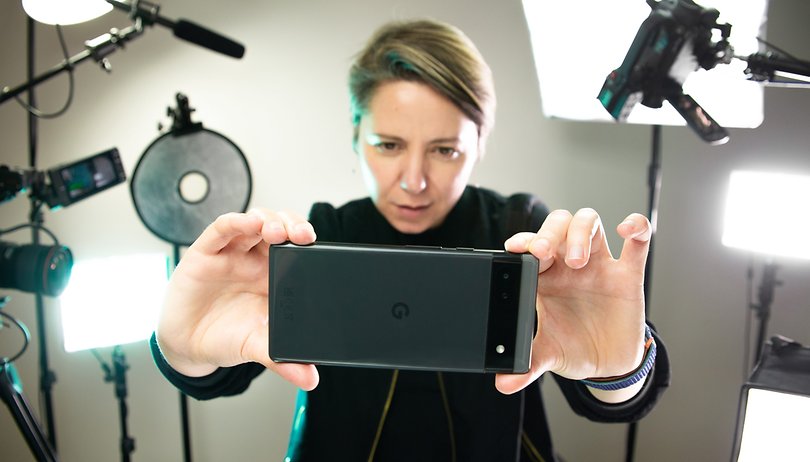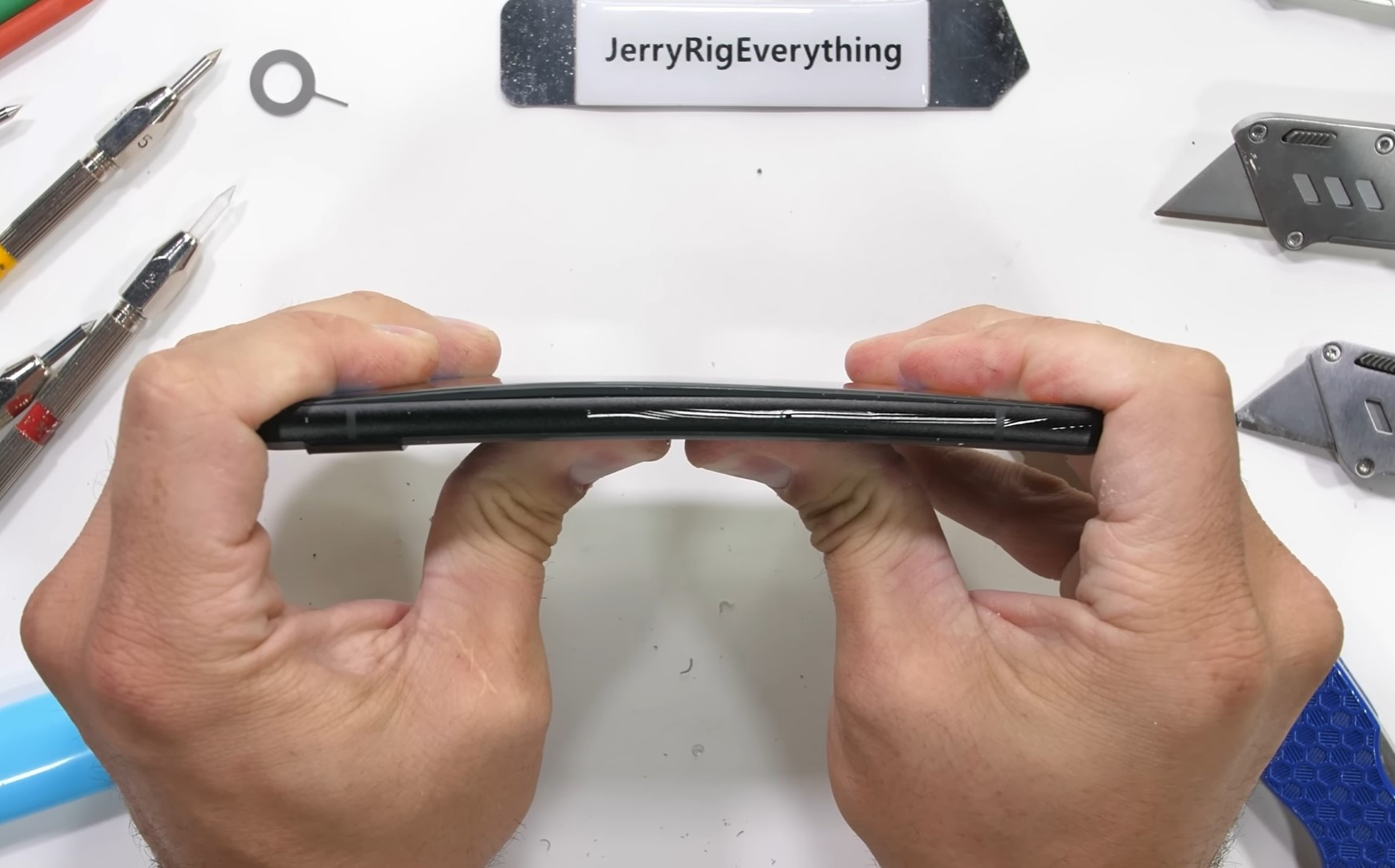Utforsk vår grundige gjennomgang av Google Pixel 6a, en prisgunstig smarttelefon med unikt design og avanserte bildebehandlingsfunksjoner. Les om kameraegenskaper, skjermkvalitet og mye mer.
Innholdsfortegnelse
Design and Construction
Google Pixel 6a, the budget-friendly smartphone from Google, offers a design that stands out with its unique "dual-tone" back panel. The top part of the phone features a lighter stripe, followed by a black camera bar and a slightly different color for the rest of the back. Despite being made of plastic, the back has a glossy finish similar to the glass back of the Pixel 7 phones.
However, the glossy back is prone to fingerprints, which can be a drawback. The rest of the phone sports a conventional design with a medium-sized black bezel surrounding a 6.1-inch OLED display. The fingerprint reader is integrated into the screen, and there is a front camera cutout at the top center of the display. The phone features a matte black aluminum frame and lacks a headphone jack and support for wireless charging.

Performance and Display
The Pixel 6a offers a compact size, making it the most pocket-friendly option among its competitors. The display has average resolution and brightness levels, but it still manages to provide a visually appealing experience with its OLED panel, HDR support, and good color accuracy. However, the refresh rate is slower compared to other phones, leading to slightly uneven animations.

Camera Capabilities
Despite having the smallest camera sensor and lowest resolution among its competitors, the Pixel 6a relies on Google's image processing prowess to deliver impressive results. In well-lit conditions, the phone captures photos with good dynamic range and vibrant colors. However, the digital zoom performance is not recommended, and low-light photography requires longer exposures. The front-facing camera performs adequately without standing out from the crowd.
Se også
Audio and Connectivity
The Pixel 6a boasts stereo speakers, with one located at the bottom of the phone and the earpiece doubling as the secondary speaker. The audio quality is decent, with no distortion at high volumes, but it can sound sharp and boxy. Unfortunately, the phone does not have a headphone jack, requiring the use of an adapter or wireless headphones. The call quality is satisfactory but slightly weak, particularly in noisy environments.

User Experience and Features
The Pixel 6a offers a pure Android experience without any unnecessary customizations or unwanted pre-installed apps. It includes special Pixel features such as quick launch of the camera, a magic eraser tool in the photo app, and live translations. Additionally, the phone receives prompt software updates. The Pixel 6a is guaranteed to receive three major Android upgrades, ensuring a smooth user experience over time.

Conclusion
The Google Pixel 6a presents a compelling option in the mid-range price segment. While it may not outshine its competitors in every aspect, it offers a unique design, reliable performance, and the benefits of Google's advanced image processing capabilities. The pure Android experience and the promise of timely software updates add value to the overall user experience. However, the absence of certain features like wireless charging and a headphone jack may be a drawback for some users. Considering its price point and the brand's reputation, the Pixel 6a is a noteworthy choice for those seeking a budget-friendly smartphone without compromising on essential features.
Se også
Hva vil Wiki fortelle oss?
The Google Pixel 6 and Pixel 6 Pro, released in October 2021, have garnered generally positive reviews from critics. The phones feature a unique design with a large camera bar and a two-tone color scheme on the back. Both models have a centered hole-punch display notch on the front. The Pixel 6 has a 6.4-inch FHD+ OLED display, while the Pixel 6 Pro boasts a 6.7-inch QHD+ LTPO OLED curved edges display. Both displays support HDR10+ and have different refresh rates - 90Hz for the Pixel 6 and 120Hz variable refresh rate for the Pixel 6 Pro.
The camera setup on both phones includes a 50-megapixel wide rear camera, a 12-megapixel ultrawide rear camera, and an additional 48-megapixel 4x optical zoom telephoto rear camera on the Pixel 6 Pro. The front camera on the Pixel 6 has an 8-megapixel wide lens, while the Pixel 6 Pro features an 11.1-megapixel ultrawide lens. The phones are powered by the Google Tensor chip, which brings enhancements to features like Live HDR+, Night Sight, and Super Res Zoom.
In terms of storage and RAM, the Pixel 6 is available in 128 or 256 GB of storage with 8 GB of RAM, while the Pixel 6 Pro comes in 128, 256, or 512 GB of storage with 12 GB of RAM. Both phones support fast charging, Qi wireless charging, and reverse wireless charging. They also include the Titan M2 security module, an under-display optical fingerprint scanner, stereo speakers, and Gorilla Glass Victus for durability.
The Pixel 6 and Pixel 6 Pro were praised for their performance, design, cameras, and price. However, there were mixed reactions regarding the fingerprint sensor and battery life. The phones became Google's fastest-selling Pixel devices, propelling the company to become the fifth-largest smartphone manufacturer in North America and the United Kingdom. They were succeeded by the Pixel 7 and Pixel 7 Pro in 2022.




